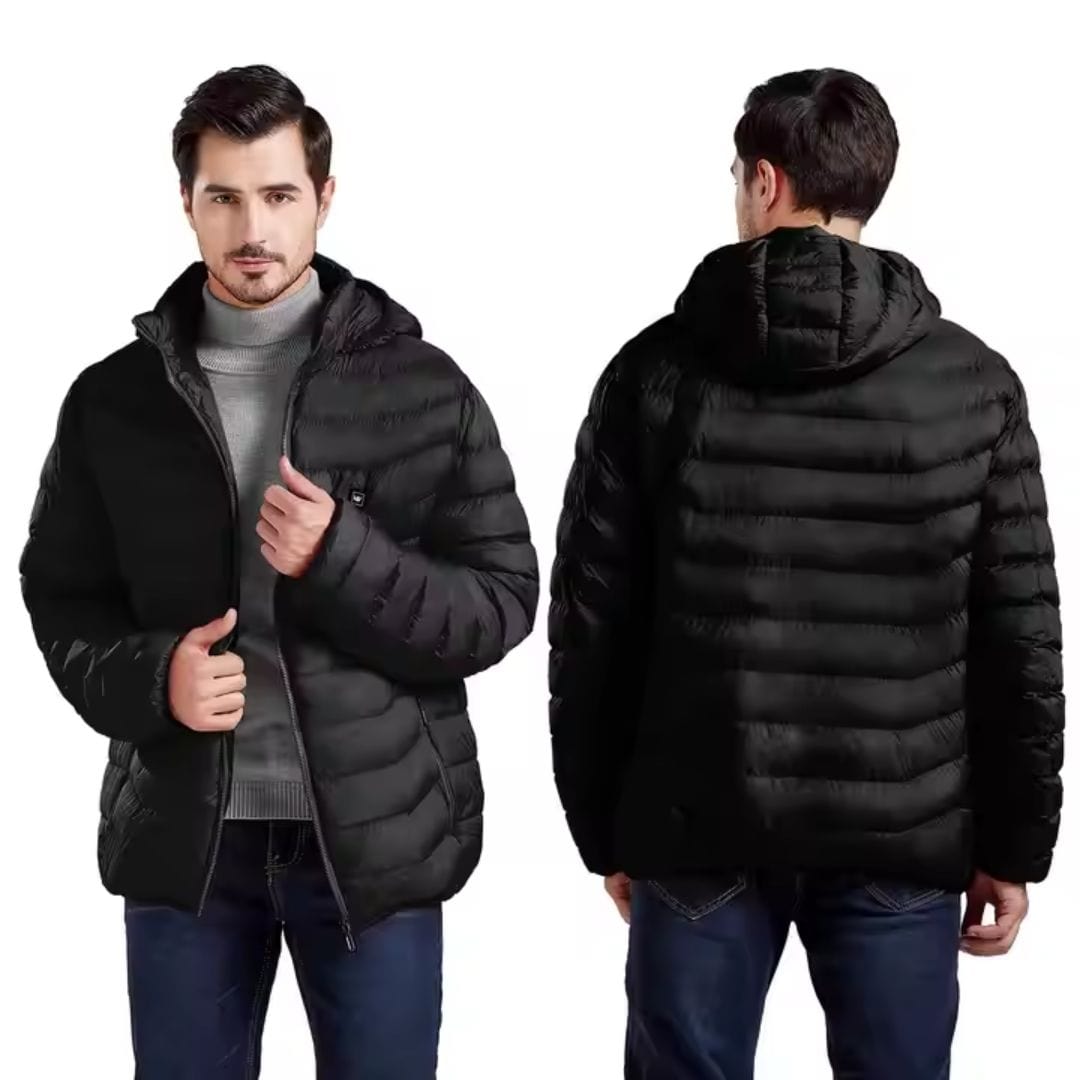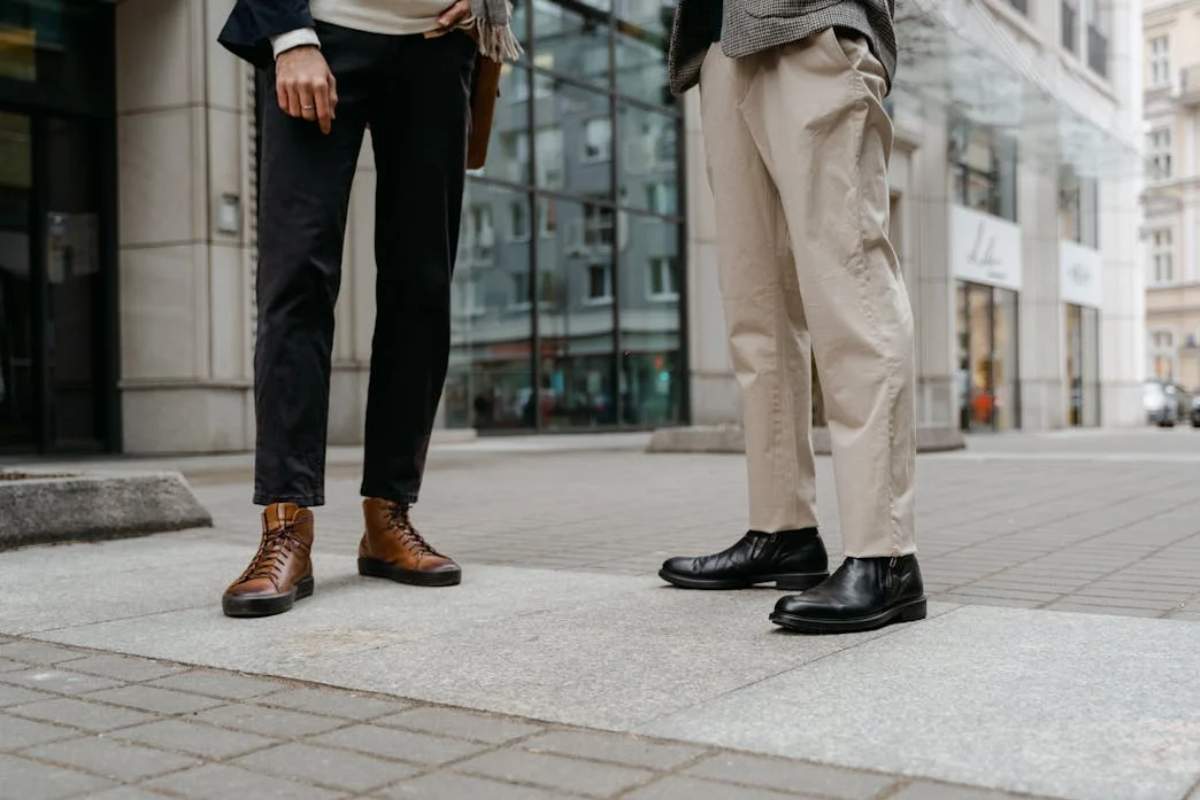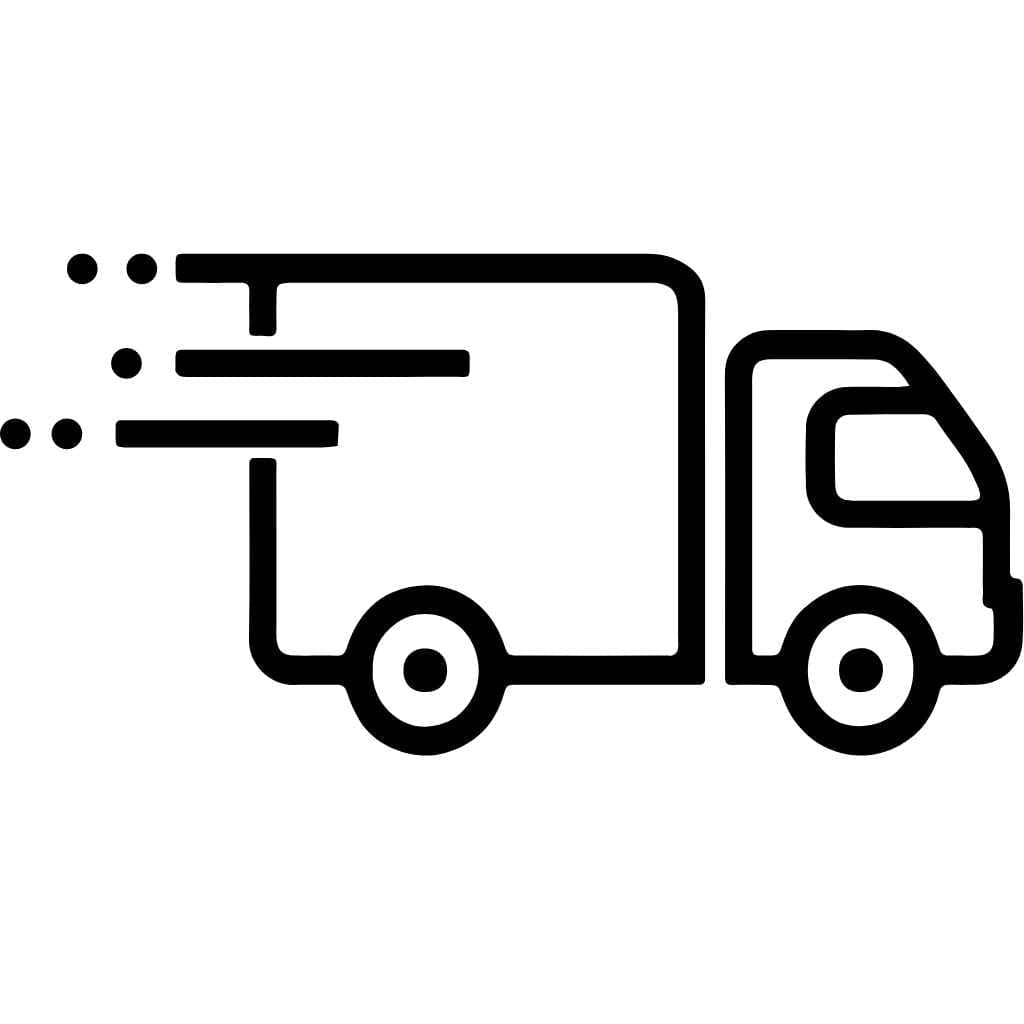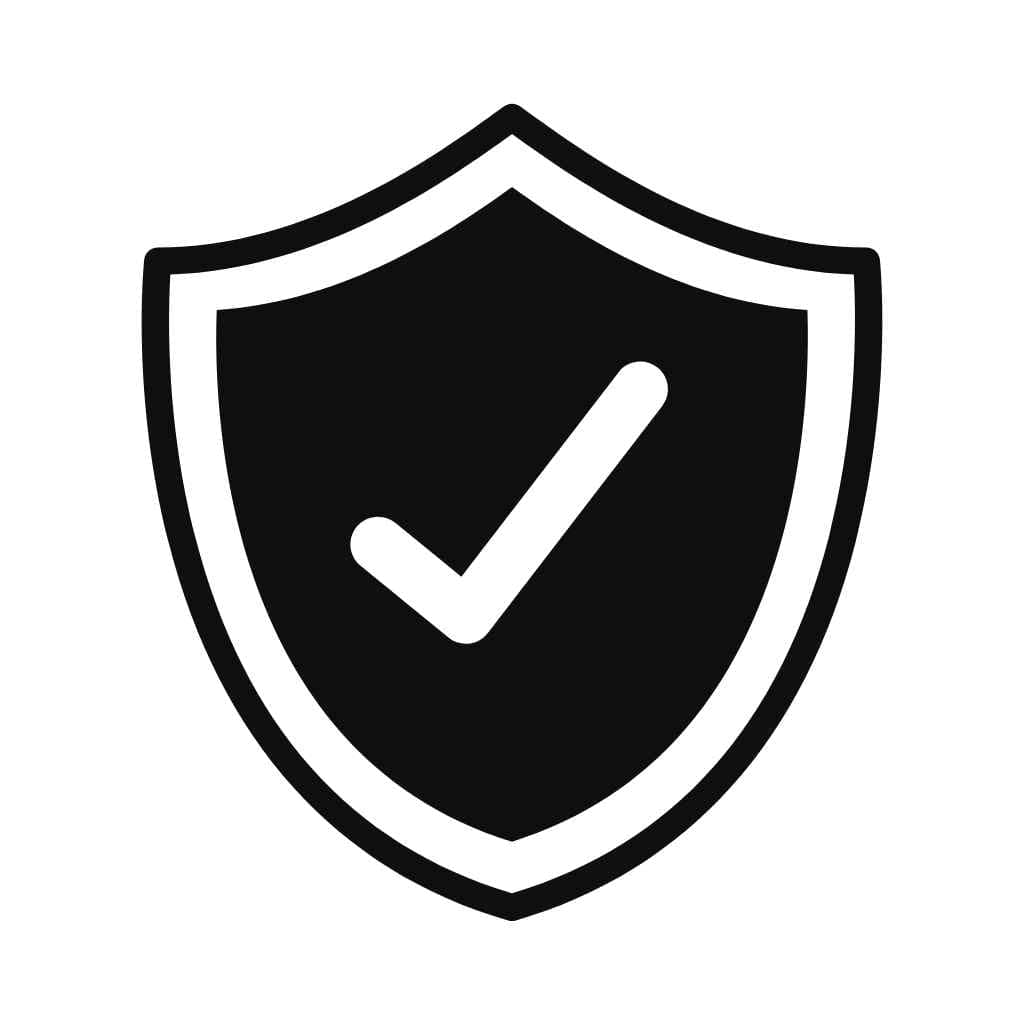Traveling light can make your journey smoother, but understanding airline rules about personal items is essential. If you're considering using a backpack as your personal item, you’ll need to ensure it fits the size restrictions set by your airline. Most carriers require personal items to fit under the seat in front of you, but exact dimensions vary.
For instance, airlines like American and Spirit typically allow personal items up to 18 x 14 x 8 inches, while others like Southwest and United have slightly different limits. A small backpack can be a perfect choice, but overpacking might push it out of the acceptable range. Knowing these guidelines can save you from last-minute hassles at the gate.
Selecting the right backpack as your personal item ensures you maximize space without breaking the rules. Whether it's for a laptop, toiletries, or a change of clothes, the right fit can make all the difference in your travel experience.
What Is a Personal Item?
A personal item is a smaller bag designed to carry essential items you might need to access during your flight. Unlike a carryon, a personal item must fit comfortably under the seat in front of you. Airlines commonly allow one personal item in addition to your carryon luggage, but dimensions vary by carrier.
Examples of personal items include a small backpack, laptop bag, diaper bag, handbag, or briefcase. For instance, a compact backpack for storing a laptop or toiletries can qualify as a personal item, while a larger camping backpack won't meet the size requirements. Always check your airline's specific guidelines to ensure your personal item complies with their restrictions.
What Other Items Can You Bring Onboard?
Airlines typically allow a few additional items onboard in addition to your personal item and carryon bag. These items must be compact and not exceed specified limits to avoid fees.
- Clothing Accessories: A sweater, jacket, or small scarf can accompany you and doesn't count as part of your luggage allowance. This is especially useful for maintaining comfort during the flight.
- Food and Beverages: Snacks and drinks bought after passing security can be carried onboard. These items must comply with liquid restrictions when purchased outside security zones.
- Travel Comfort Essentials: Compact pillows or small blankets that fit in the overhead bin or under your seat can enhance your travel experience.
- Pet Carriers: If traveling with a small pet, a soft-sided carrier that meets airline dimensions is usually accepted as an extra item. The carrier must fit under the seat in front of you.
- Duty-Free Bags: Duty-free items purchased in sealed bags after security screening don't factor into your luggage allowance.
- Child Travel Gear: A diaper bag, stroller, or safety seat for a ticketed child is generally permitted. Most airlines exclude these from regular baggage size limits.
Review your airline's website to confirm allowable items before packing to avoid unexpected fees or complications at check-in.
Size Requirements for Personal Items
Airlines enforce specific size requirements for personal items to ensure they fit under the seat in front of you. Most allow one personal item in addition to a carry-on bag, but rules vary. It's essential to know your airline's limits before packing, as exceeding these dimensions could result in additional fees or the need to check your bag.
Standard Dimensions Across Airlines
- American Airlines: Maximum dimensions are 18 x 14 x 8 inches.
- Delta Airlines: Personal items must measure 17 x 13 x 9 inches or less.
- Southwest Airlines: Suggested size is 16.25 x 13.5 x 8 inches.
- Spirit Airlines & Frontier Airlines: Both accept items up to 18 x 14 x 8 inches.
- United Airlines: The maximum allowed size is 9 x 10 x 17 inches.
Variations Between Carriers
Some airlines, like JetBlue and Delta, don't specify precise dimensions, stating only that personal items must fit under the seat in front of you. Larger carriers, including Alaska Airlines and Hawaiian Airlines, tolerate personal items up to 22 x 14 x 9 inches, but sizes that fit these generous limits might not comply with stricter policies from other airlines.
Room Under the Seat
FAA regulations mandate that all personal items must fit under the seat unless stored overhead. Generally, an 18 x 14 x 8-inch bag works well, but seat design varies by airline and aircraft type. For maximum compatibility, use a bag with a rectangular profile to slide easily under the seat.
By staying within these dimensions and reviewing your airline's guidelines, you can avoid complications at the gate and streamline your travel experience.
Personal Items in Basic Economy Class
In basic economy class, airlines generally permit one personal item that fits under the seat in front of you. This personal item must comply with the airline’s specific dimensions, often smaller than standard carry-on size limits.
American Airlines allows personal items up to 18 x 14 x 8 inches. Delta’s limit is 17 x 13 x 9 inches. For Southwest, personal items can measure 16.25 x 13.5 x 8 inches, while Spirit and Frontier set the maximum size at 18 x 14 x 8 inches. United Airlines has stricter requirements, allowing personal items only if they fit within 9 x 10 x 17 inches.
If your backpack exceeds the dimensions allowed for personal items, airlines commonly classify it as your carry-on bag instead. Basic economy fares often restrict you to one personal item, with carry-on bags incurring an additional fee. For example, United enforces this policy on most basic economy tickets, only permitting a single personal item under your seat unless you purchase an upgrade.
To ensure compliance, check your bag’s measurements before traveling and confirm size limits with your airline. A well-chosen backpack within these dimensions can carry key items like a laptop, toiletries, and essential clothing, helping you avoid extra fees and travel disruptions.
Does a Backpack Qualify as a Personal Item?
A backpack qualifies as a personal item if it fits within the size restrictions defined by your airline and fits under the seat in front of you. Personal item dimensions vary across carriers, typically ranging from 17 x 13 x 9 inches to 18 x 14 x 8 inches. Checking these dimensions against your airline's guidelines is essential to avoid reclassification as a carry-on bag.
For most airlines, small travel backpacks are acceptable as personal items because they meet the space constraints. If your backpack carries essentials like a laptop, toiletries, and a change of clothes, and it fits under the seat, it's generally allowed. Examples include standard school backpacks or laptop bags. However, larger camping or travel backpacks often exceed the size limits and are treated as carry-on items instead.
Airlines often allow some flexibility if one dimension slightly exceeds the specified limit, but this depends on staff discretion. To ensure your backpack counts as a personal item, measure its dimensions, including handles and wheels, before flying. For instance, Spirit and Frontier Airlines cap personal item sizes at 18 x 14 x 8 inches, while United Airlines allows bags up to 9 x 10 x 17 inches. Always verify your airline's rules to minimize potential issues at the gate.
Top Backpacks for Personal Items
Choosing the right backpack as your personal item can make all the difference in your travel experience. A compact, well-designed backpack not only helps you stay organized but also ensures you meet airline size requirements without stress. Look for options that balance functionality and style while providing enough space for your essentials.
By understanding airline rules and selecting a backpack that fits comfortably under the seat, you can avoid unnecessary fees and last-minute hassles. Prioritize features like multiple compartments, durable materials, and lightweight designs to enhance convenience and comfort throughout your journey.















